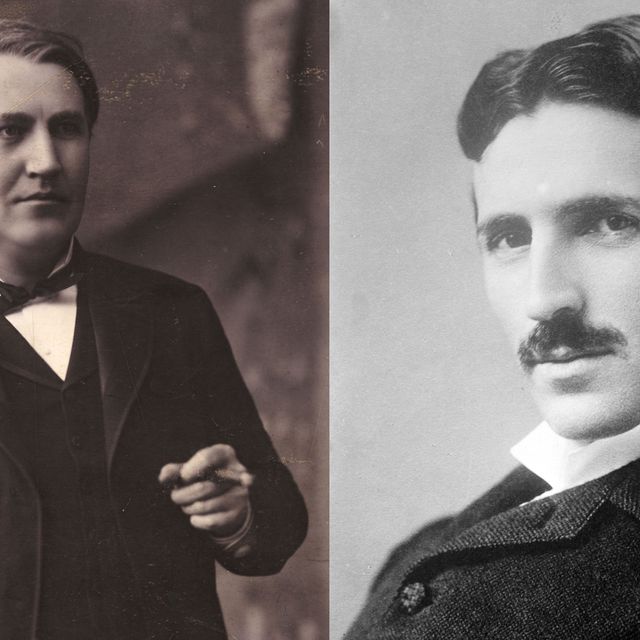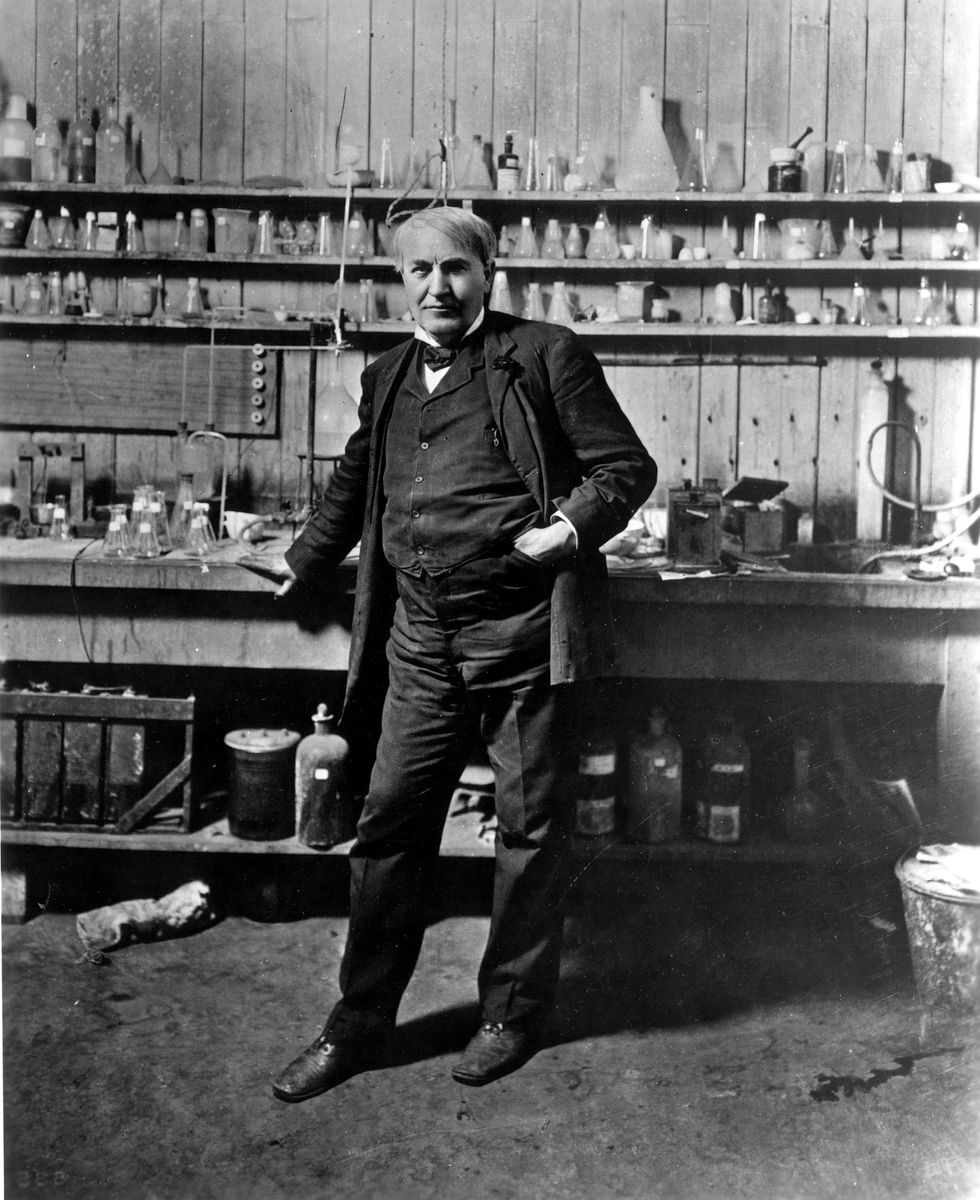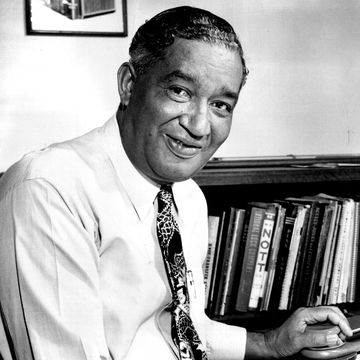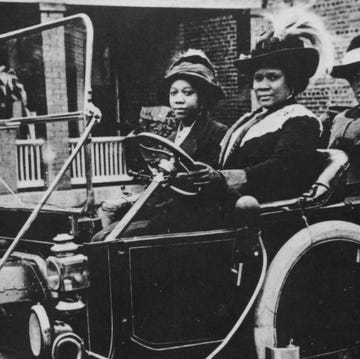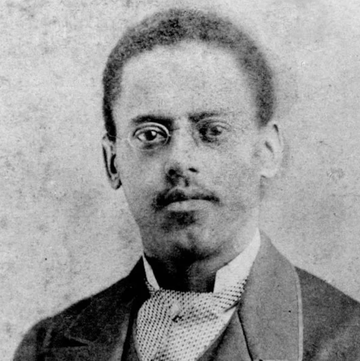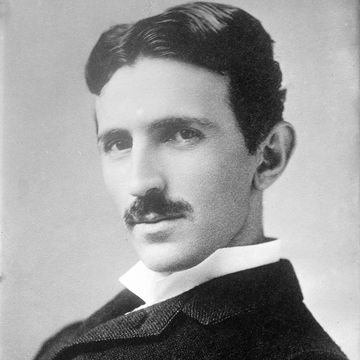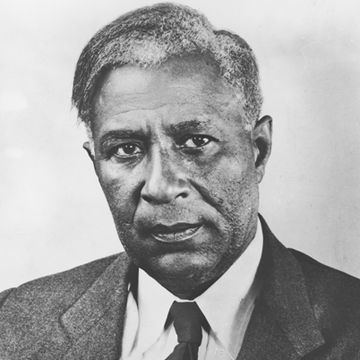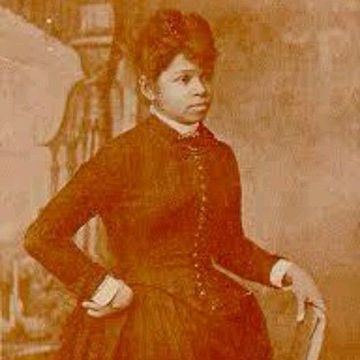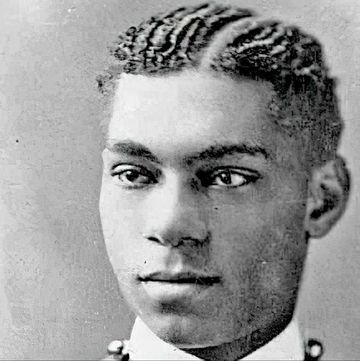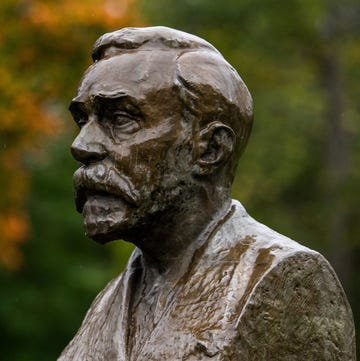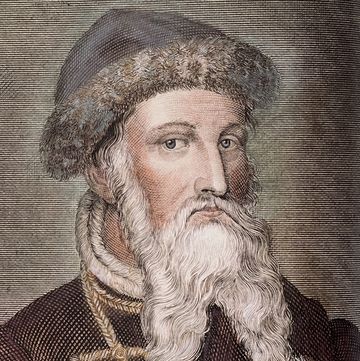Thomas Edison is widely known as one of history’s most consequential inventors, a legacy born of both his indisputable genius in the laboratory and noted ruthlessness as a businessman; the old adage is that history is written by the victors, and in Edison’s case, he spun his narrative in real-time. Sometimes, as in the case of inventions developed by contemporaries such as Nikola Tesla, that meant bending the truth a little bit.
Born in 1847, at the very end of the industrial revolution, Edison was part of a new wave of scientists and inventors that lit the way into the modern era. His famed research lab in Menlo Park, New Jersey hosted the development of innovations that still undergird much of our industrial and consumer infrastructure, including the phonograph (which recorded and played sound), motion pictures and the light bulb. His work there was so important that the town in which Menlo Park was located now bears his name.
Obsessed with his work and known to be an exacting boss, Edison had an ego as incandescent as his light bulbs, a sense of his own greatness that was undoubtedly justified. He was also incredibly competitive, willing to do whatever was required to ensure that his idea won out.
Edison invented DC lighting, a safer solution to the often dangerous arc lamps
Born in Serbia, Tesla was a different kind of genius. Whereas Edison was an eternal experimenter and tinkerer, Tesla was a human calculator, and his ability to work out complex math and physics equations in his mind helped him achieve early career success in Europe.
After a nomadic adolescence spent traveling and taking classes across Eastern Europe, Tesla wound up in Hungary at the age of 25, hired to work as an electrical engineer at the Budapest Telephone Exchange. He excelled there, channeling the workaholic tendencies he’d displayed as a top student back in Croatia before dropping out of school. Within a year he was off to Paris to work for the Continental Edison Company, an offshoot of the inventor’s successful American business.
At that point, electricity was beginning to light up the streets of cities around the world. At first, most cities were using high-voltage arc lamps to illuminate the night sky, but while they shone bright and amazed a civilization that had throughout all of history been governed by the sun’s rise and fall, the early lighting technology also presented a problem: it was very dangerous. Arc lighting was fueled by power stations that pumped through more than 3,000 volts of electricity at a time, which often led to sparks, overheating and full-on explosions in public places, raining flickers of electricity down on pedestrians and starting fires with regularity.
Electricity generated by direct current (DC) was a far safer alternative, and once Edison developed a stable and long-lasting incandescent lightbulb, he set out to provide lighting to homes and buildings around the world. By 1882, his Edison Illuminating Company opened the world’s first central power station on Pearl Street in Manhattan. The company used direct current to deliver 110 volts of electricity to nearby buildings — it started out with 59 customers — and provided a significantly reduced risk of accidental mishap.
Tesla invented an alternating current power system
For the next two years, Edison’s DC electric generation spread the incandescent light to a growing number of cities across the country. But for its growing reach, it had a significant weakness: electricity delivered by direct current could only travel so far, especially in those early days. As a result, other inventors continued to develop what was called alternating current (AC), which could easily modulate voltage using transformers.
Tesla was one of those AC devotees. In 1882, while working for Edison’s Parisian outpost and out on a walk with a friend, Tesla was suddenly struck with the solution to an engineering challenge that had been vexing him for some time. His ability to visualize entire complex mathematical equations and feats of engineering came in handy, as Tesla dreamed up the mechanics of an AC-generating motor.
Developing and honing the alternating current generator became something of an obsession for him, and in 1884, when his American boss in Paris was summoned back to the United States, he suggested that Tesla emigrates to the west. And so in September of that year, Tesla arrived in Manhattan after a harrowing journey in which most of his possessions were stolen during a mutiny on the ship.
Tesla eventually worked for Edison, but the two had clashing ideologies
However, money wouldn’t be a concern for all that long. Tesla ran into Edison himself, who invited the immigrant inventor to work for him at the Edison Machine Works on the Lower East Side of Manhattan. A letter of recommendation from his old boss did not hurt his cause.
At the time, Tesla recalled in an interview years later, he was in awe of his new boss. “This wonderful man, who had received no scientific training, yet had accomplished so much, filled me with amazement."
Tesla was put to work on a variety of projects, including repairing the circuitry system on the Oregon, the first boat to be lit by electrical power, reassembling DC generators and other tasks. Years later, in an interview conducted in 1921, Tesla recalled impressing Edison with his quick fix of the Oregon’s lighting system, to the point that Edison declared him a “damn good man.”
The Serbian inventor was also charged with creating an arc lighting system, but his usage of AC power was of no interest to Edison, who had a fortune invested in DC power and did not want to lose his loyalties. Later, Tesla would purportedly say that Edison himself promised a large sum to improve on the DC system, then retracted the offer when Tesla presented him with his work, claiming that he “did not understand American humor,” infuriating Tesla to the point that he stormed out and set out on his own, determined to spite the elder inventor.
Tesla then licensed patents to Edison's rival
Tesla only worked for Edison for about six months, and after a time spent digging graves, he received enough investor cash to set up his own company in Rahway, New Jersey, close to Menlo Park. Those investors took the company out from under him, and it wasn’t until 1887, with a new factory in Manhattan, that Tesla was able to truly pursue his AC motor.
It wouldn’t take long before he’d mastered the machine, as he was awarded seven separate patents for its various mechanics in the spring of 1888. Soon after, he licensed those patents to George Westinghouse, Edison’s chief rival in the race to supply cities with power. The race between AC and DC would escalate from there, with Edison pulling out nearly all the stops to prove that AC was dangerous, (though the famed death by electrocution of Topsy the elephant was not his doing) to discredit what would ultimately prove a far superior system.
Tesla died nearly penniless, though that had nothing to do with Edison. He made a fortune from his contracts with Westinghouse, but lost it all through poor business deals, bad investments and expenditures on grand experiments that resulted in failure. His supposed rivalry with Edison was almost by association and difference of opinion on scientific matters, highlighted only in hindsight as Tesla’s incredible career, which spanned far more than AC power innovations.
